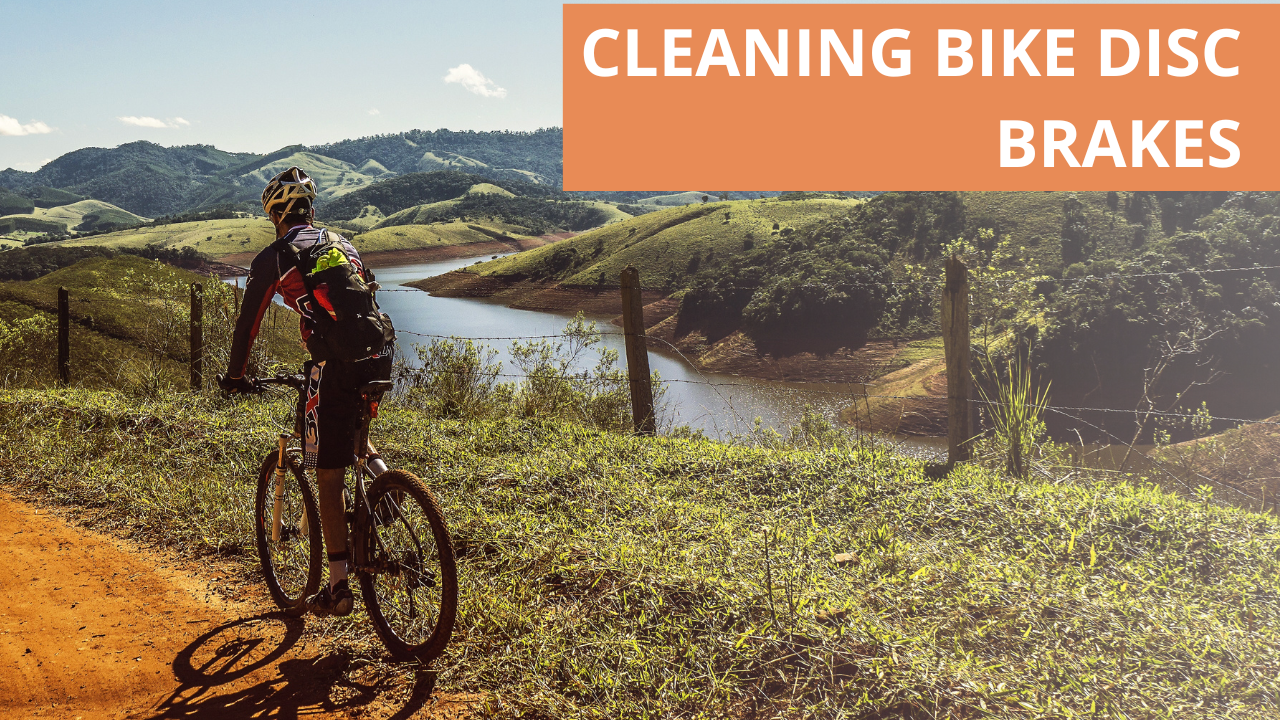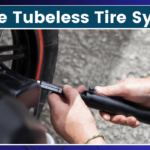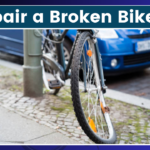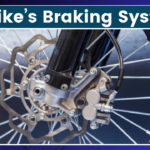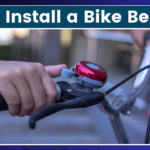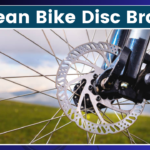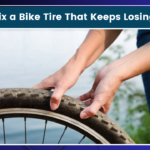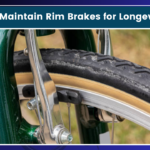Hey there, fellow cyclists! It’s been a long day of riding, and I’m about to head out for dinner with some friends. But before I go, I wanted to share some tips on keeping your bike in top shape – specifically, how to clean those disc brakes. Trust me, it’s not as daunting as it sounds, and your bike will thank you for it.
Why Bother with Brake Cleaning?
Alright, so you might be wondering why you should even care about cleaning your disc brakes. Well, let me tell you, it’s pretty important. Clean brakes mean better-stopping power, less annoying squealing (your neighbors will appreciate that), and a longer life for your brake pads and rotors. Plus, it’s just satisfying to have a clean bike, you know?
When I first started cycling, I’ll admit I was pretty clueless about maintenance. But after a few close calls with squeaky, unreliable brakes, I learned my lesson. Now, cleaning my disc brakes is just part of my routine, like grabbing a coffee before a morning ride.
What You’ll Need
Before we dive in, let’s gather our supplies. Don’t worry, you won’t need anything too fancy:
- Isopropyl alcohol (at least 90% concentration)
- Clean, lint-free rags or paper towels
- An old toothbrush
- Rubber gloves (optional, but recommended)
- A clean spray bottle
- Disc brake cleaner (optional, but handy)
I keep all this stuff in a little kit in my garage. It’s right next to my bike stand, so I can’t forget about it. Speaking of which, if you have a bike stand, now’s the time to use it. If not, no worries – just flip your bike upside down or lean it against a wall.
Step-by-Step Cleaning Process
Alright, let’s get down to business. Here’s how to clean those disc brakes:
- Inspect Your Brakes
First things first, take a good look at your disc brakes. Check for any obvious dirt, grime, or oily residue. If you see any major issues like cracks or extreme wear, it might be time to visit your local bike shop.
- Remove the Wheels
This step isn’t necessary, but it makes the job a whole lot easier. Plus, it gives you a chance to clean your wheels while you’re at it. Win-win!
- Clean the Rotors
Now, grab that isopropyl alcohol and pour some onto a clean rag. Gently wipe down both sides of the rotor, working from the center outwards. Don’t use any old household cleaners here – they can leave residues that’ll mess with your braking power.
If you’ve got stubborn grime, that old toothbrush can come in handy. Just be gentle – you don’t want to scratch the rotor surface.
- Tackle the Brake Pads
This is where things can get a bit tricky. You’ll want to remove the brake pads from the caliper. If you’re not sure how to do this, check your bike’s manual or look up a video for your specific model.
Once the pads are out, take a look at them. If they’re worn down to less than 1.5mm, it’s time for new ones. Otherwise, let’s clean ’em up!
Use your alcohol-soaked rag to wipe down the pads. If they’re grimy, you might need to use some fine-grit sandpaper to gently scuff the surface. Just be careful not to take off too much material.
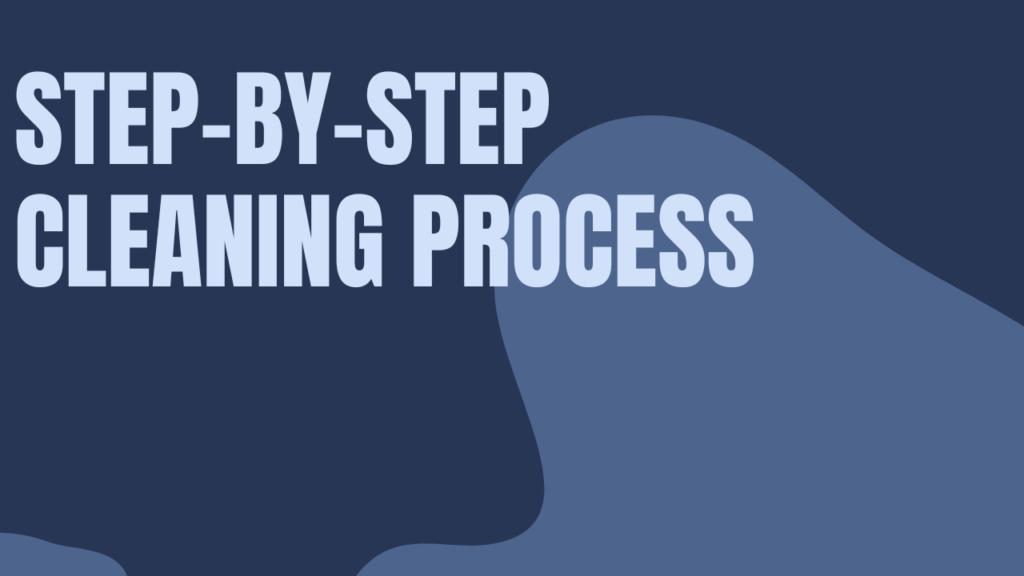
- Clean the Caliper
While the pads are out, give the caliper a once-over. Use your rag and alcohol to clean around the pistons and the inside of the caliper. This is where that spray bottle comes in handy – you can give everything a good rinse with alcohol to flush out any loose dirt.
- Reassemble and Test
Once everything’s clean and dry, put it all back together. Make sure the pads are seated correctly and the wheel is securely attached. Give the brake lever a few squeezes to make sure everything’s working smoothly.
- Bed In Your Brakes
After cleaning, your brakes might feel a bit grabby or weak at first. This is normal! You’ll need to “bed in” your brakes again. Find a safe, quiet stretch of road and do about 20 moderate stops from about 20 mph. This helps transfer some pad material to the rotor for optimal performance.
Common Mistakes to Avoid
Alright, before I head out to meet my friends (they’re probably wondering where I am by now), let me share a few things NOT to do when cleaning your disc brakes:
- Don’t use WD-40 or other lubricants on your brakes. Ever. Seriously, it’ll ruin your stopping power.
- Avoid touching the rotor or pad surfaces with your bare hands. The oils from your skin can contaminate them.
- Don’t use regular soap and water. It can leave behind residues that affect brake performance.
- Never spray degreaser directly onto your brakes. It can get into places it shouldn’t and cause problems.
- Don’t clean your brakes immediately after a ride. Let them cool down first to avoid warping.
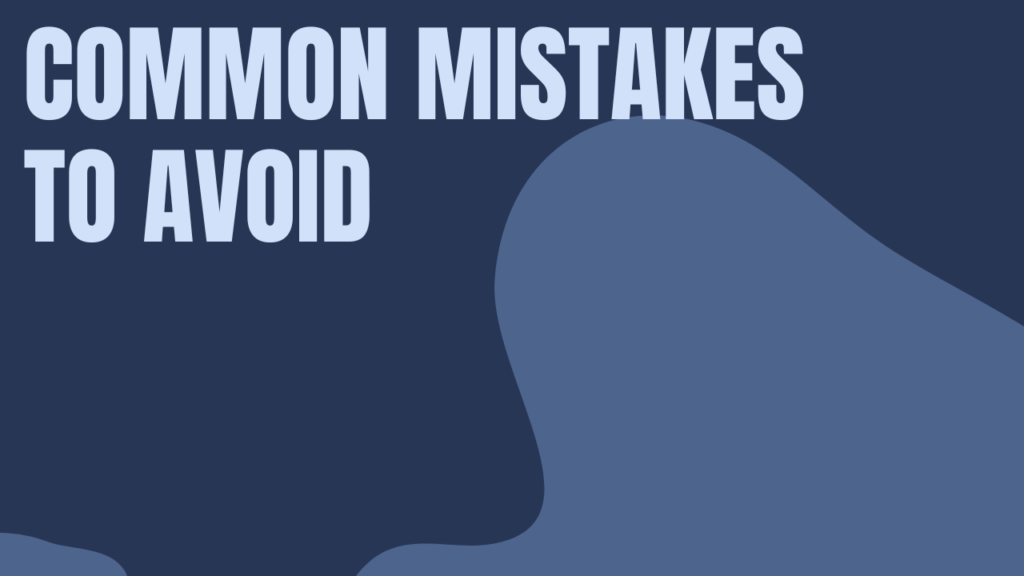
Maintenance Tips
Cleaning your disc brakes doesn’t have to be a weekly chore. Here’s how I keep on top of it:
- Quick Checks: Before each ride, give your brakes a quick visual inspection and a squeeze of the levers to make sure they’re working properly.
- Regular Cleaning: Aim to clean your disc brakes every month or two, depending on how often you ride and in what conditions.
- Deep Clean: If you’ve been riding in particularly muddy or wet conditions, give your brakes a thorough clean as soon as you can.
- Listen to Your Bike: If you start hearing squealing or feeling a loss of braking power, it’s probably time for a clean.
Wrapping Up
Well, there you have it – everything you need to know about cleaning your bike’s disc brakes. It might seem like a lot at first, but trust me, once you get into the habit, it’ll become second nature. Your bike will perform better, and last longer, and you’ll have the peace of mind of knowing your brakes are in top shape.
Remember, a clean bike is a happy bike. And a happy bike means a happy rider!
